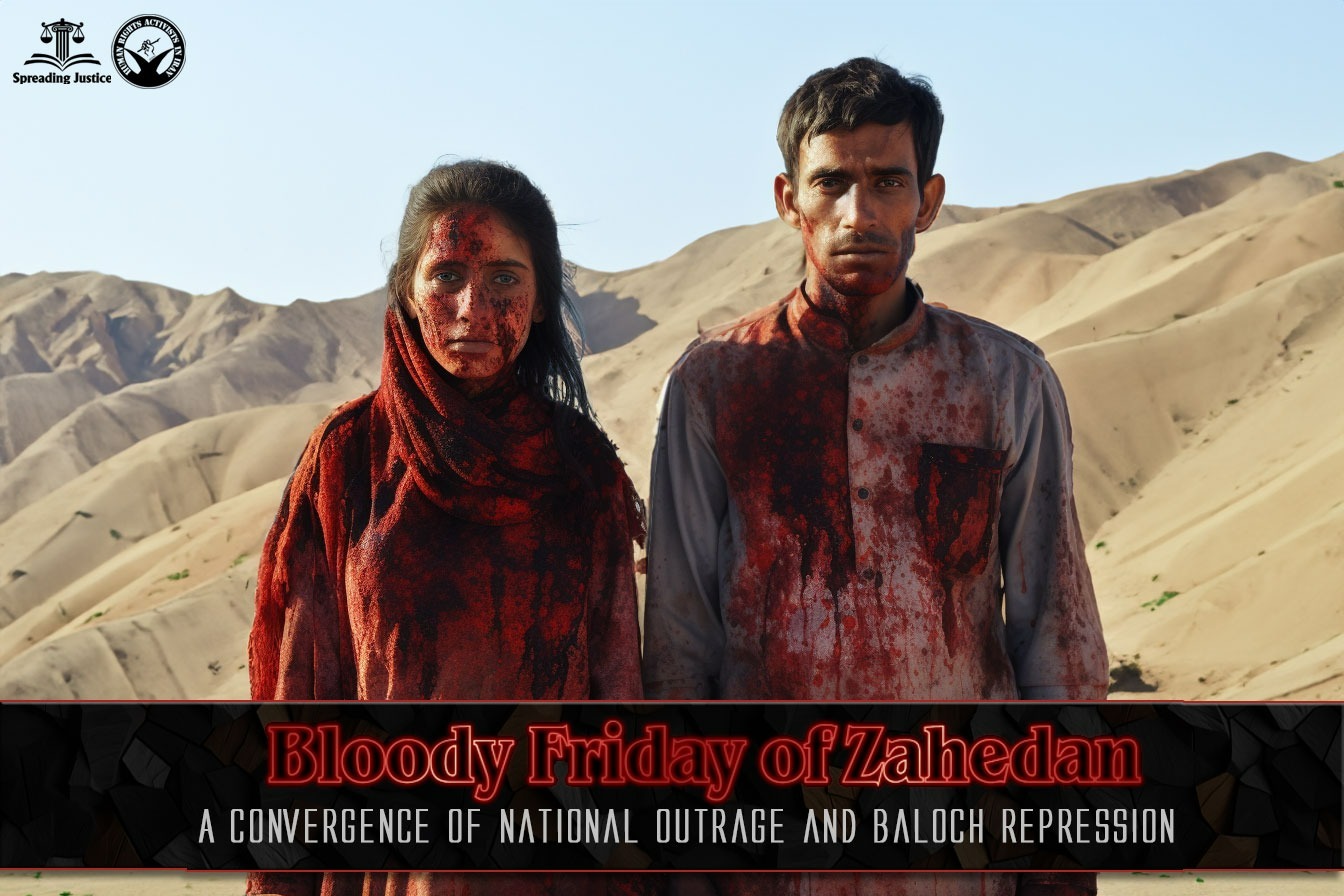Summary
It has been one year since Iranian authorities unleashed a brutal barrage of lethal force on Baloch citizens living in Zaheden. During the nationwide protests of 2022 in Iran sparked by the tragic death in detention of Mahsa (Zhina) Amini, Zahedan witnessed a brutal crackdown on September 30, 2022. As protestors converged at the Great Mosalla of Zahedan after the Friday prayers, the Iranian security forces unleashed a barrage of live ammunition, metal pellets, and tear gas, resulting in significant casualties. This tragedy, now known as the “Bloody Friday of Zahedan,” has come to symbolize the Iranian authorities’ increasing disdain for the sanctity of human life and the broader struggles of the Baloch community in the country.
Baloch Persecution in Iran
The Baloch community in Iran, primarily residing in the country’s southeastern region, including Sistan and Baluchestan, has faced longstanding socio-economic and political marginalization. As a Sunni Muslim minority in a predominantly Shiite nation, the Baloch people have often grappled with ethnic and religious discrimination.
- Economic Disparities: Sistan and Baluchestan, despite being one of the country’s largest provinces, is also among the most impoverished. Basic amenities like water, electricity, and healthcare remain inaccessible to many. The unemployment rate is significantly higher than the national average. The systemic economic deprivation has fueled grievances and driven a wedge between the Baloch populace and the central government.
- Political Marginalization: The Balochs have limited representation in Iran’s political system. Policies decided in Tehran often overlook the unique needs and challenges of the Baloch community. The absence of substantial Baloch representation means their voice often goes unheard in policy-making corridors.
- Religious Discrimination: As Sunni Muslims in the Shia-majority Iran and the Shia regime, the Baloch have faced religious discrimination. This is evident in their limited access to religious education, restrictions on building Sunni mosques, and harassment of Sunni clerics.
- Cultural Suppression: The Iranian government’s policy towards minorities, including the Baloch, leans towards forced assimilation. Baloch traditions, languages, and customs often face suppression. The state’s educational system rarely offers courses in the Balochi language, thus slowly eroding the community’s linguistic heritage.
- Human Rights Abuses: Arbitrary arrests, unlawful detention, torture, and extrajudicial killings have been reported in the Baloch region. The region’s volatile security situation, partly due to its border with Pakistan and Afghanistan, is often used as a pretext for these violations.
Nationwide Protests in Iran
The death in detention of Mahsa (Zhina) Amini in September 2022, after a traumatic incident with Iran’s “morality” police, catalyzed a series of demonstrations. This 22-year-old’s fate swiftly became emblematic of broader frustrations with the Iranian regime’s repressive policies. Protests titled “Woman, Life, Freedom” or “Mahsa Amini” protests erupted outside Kasra Hospital in Tehran and rapidly swept across all 31 provinces, including Sistan and Baluchestan. While these protests were ignited by Mahsa’s death, their scope widened to challenge the ideological underpinnings of the Islamic Republic of Iran.
Zahedan’s Bloody Friday: An In-depth Account
Zahedan, the capital of Sistan and Baluchestan province, became the focal point of global attention on September 30, 2022, an event now seared into collective memory as “Bloody Friday.” Here, national grief over Mahsa Amini’s tragic death converged with regional anger due to the alleged sexual assault of a 15-year-old Baloch girl by a high-ranking police officer, Ebrahim Kouchakzai.
Bloody Friday Unfolds: On September 30, 2022, thousands gathered, their chants echoing a shared sentiment of a desire for justice and change. The vast expanse of the Great Mosalla of Zahedan became a sea of protestors, peacefully raising their concerns.
However, evident by the decision to block exit routes, and their elevated positions above the emerging crowds, security forces had preemptively planned a violent crackdown. As protestors congregated, security forces units took positions on strategic rooftops surrounding the Mosalla, the nearby Makki Mosque, and Police Station number 16 near the Mosalla. As the crowd’s momentum grew, security forces began indiscriminately firing tear gas canisters, live ammunition, and pallets upon the civilian population.
Protestors, including women, children, and the elderly, were caught in the open barrage. Many tried to flee, but the security forces shot the protesters from the rooftops surrounding the area. Blood stained the grounds of the Mosalla.
The Aftermath: The brutal crackdown lasted hours, but its impact will be felt for generations. Immediate reports were chaotic, with the numbers of the dead and injured fluctuating. However, reliable sources estimate that approximately 100 individuals were killed including at least 10 juveniles under the age of 18 with hundreds more injured. Some were trampled in the stampede attempting to escape, while others were direct victims of the gunfire.
In the immediate aftermath, Zahedan was in shock. But as the days progressed, the city, and indeed the wider Baloch community, rallied. This tragedy became a symbol, uniting various groups against what they saw as the unchecked brutality of the Iranian regime.
Despite the violence of Bloody Friday, the spirit of the protestors was not broken. In the weeks that followed, Zahedan saw more protests, namely after Friday prayers, signaling an ongoing resistance and a refusal to let the events of September 30 be forgotten.
Legacy of Bloody Friday
Zahedan’s Bloody Friday is more than just an event—it’s now a symbol of resistance against oppression in Iran and globally. The international community expressed horror and condemnation, with human rights organizations demanding a thorough and impartial investigation into the actions of the Iranian security forces. While tragic, the events of that day have solidified a call for change, justice, and an end to systemic and oppressive violence.
September 30th, 2022 saw a brutal display of excessive use of force against civilians that ultimately escalated to the use of lethal force. It is evident there were no considerations of proportionality taken into account. The security forces’ decision to block exit routes additionally suggests heinous premeditation.
These actions constitute a clear violation of international human rights law. Iran, as a state party to the International Covenant on Civil and Political Rights (ICCPR), is bound by its provisions. Article 6 of the ICCPR stipulates that “Every human being has the inherent right to life. This right shall be protected by law. No one shall be arbitrarily deprived of their life.” Furthermore, Article 7 prohibits torture or cruel, inhuman, or degrading treatment or punishment. It is well-established by the United Nations and other international bodies that these rights extend to police and other security forces.
In situations where a protest escalates to a point where the use of force may be necessary, security officers are still obligated to respect and preserve human life. Firearms should only be used in self-defence or in defence of others.
In response to the distressing reports of sexual assault and rape allegedly committed by security forces in this city, it is imperative that the United Nations Fact-Finding Mission, in line with its mandate, conducts a swift and thorough investigation into the sexual abuse of women and girls in the context of the protests. This mandate also urges the Government of the Islamic Republic of Iran to respect, protect, and fulfil human rights and to take all measures necessary to stop and prevent extrajudicial killings, other forms of arbitrary deprivation of life, enforced disappearances, sexual and gender-based violence, arbitrary arrests and detentions, and torture and other cruel, inhuman or degrading treatment or punishment, including against peaceful protesters.
Conclusion
Zahedan’s Bloody Friday is a stark reminder of the intersection of broader national issues with specific regional grievances. As Iranians across the nation stood up to voice their discontent with the government’s oppressive policies, in Zahedan, the Baloch community, already marginalized, found their struggles magnified. Their calls for justice, both for Mahsa and their native daughter, met with bullets and gas, some lethal. As the world grapples with these events, it underscores the importance of understanding regional dynamics within broader national movements. The people of Zahedan, and by extension, the Baloch community, seek justice for the events of September 30 and an end to decades of systemic neglect and oppression.
The Imperative of Identifying Perpetrators: Ensuring Accountability in the Zahedan Massacre
The acts that transpired on Bloody Friday in Zahedan are not just isolated events; they are emblematic of deeper systemic issues related to governance, control, and the exercise of power. The violence unleashed upon protestors affronts fundamental human rights principles and international laws. Identifying the perpetrators is essential to uphold human rights and protect civil society’s very fabric. Here’s why:
1. Upholding Justice: Justice is a universal principle transcending borders and cultures. For the families of the victims and the injured, knowing who was responsible for the tragedy provides a sense of closure and a belief that their sufferings have been acknowledged. It is a step towards healing, both for individuals and the community at large.
2. Accountability and Deterrence: Holding those responsible accountable sends a clear message to other potential violators: that such acts will not go unpunished. This, in turn, serves as a deterrent, ensuring that such heinous acts are not repeated.
4. Promotion of Human Rights: The global community looks to human rights organizations as watchdogs and protectors of universal rights. Their proactive role in such incidents affirms their commitment to these ideals and strengthens the global human rights framework.
5. Creating Historical Record: A historical record is created by documenting the details and holding individuals accountable. This ensures that future generations know of past mistakes and that history doesn’t repeat itself. More so, while some perpetrators might be able to escape justice and remain safe within the current government, this historical record ensures that in the future, when the opportunity arises, their actions are not forgotten, and justice can be served.
Identifying the Perpetrators
Several sources and witnesses have begun identifying critical actors involved in the Zahedan massacre. Some of the names mentioned include: (click on each name to read their full profile and involvement in the human rights violations)
-

1. Hossein Modares Khiabani – Governor of Baluchestan at the time 
2. Mohammad Karami – Governor of Sistan and Baluchestan province. 
3. Abozar Mahdi Nakhai – The acting governor of Zahedan and governor of Zahedan county 
4. Ali Shabani – deputy governor of Sistan and Baluchestan and special governor of Iranshahr city at the time 
5. Saheb-Gol Salehi – Governor of Khash County 
6. Salman Borhani – Governor of Bampur County 
7. Mahmoud Saadati – Police Command of Zahedan 
8. Ahmad Taheri – Police Command of Baluchestan at the time 
9. Habib Razdar – Police command of Khash county 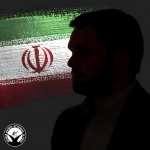
10. Alireza Sayad – Police Command of Bampour 
11. Ali Sarhadi – Sistan and Baluchestan province chief of police deputy for intelligence and public security. According to Haal Vsh this person has personally been present in Police Station 16 near the Makki Mosque on September 30, 2022 when the massacre happened and encouraged the killing of people. 
12. Ahmad Shafahi – Commander of Salman Revolutionary Guard Corps in Sistan and Baluchestan Province 
13. Ahmad Maldar – Commander of Islamic Revolutionary Guard Corps in Saravan 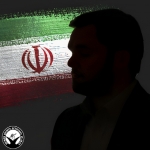
14. Seyed Mohammad Azami – Deputy Operations Commander of Quds Base of IRGC Ground Forces. According to Haal Vsh, Mohammad Azami was personally present in the Makki Mosque on September 30, 2022, when the massacre happened and encouraged the killing of people. 
15. Hamze Dehghan – Chief of Information Protection of Quds Corps in the province. (Haalvsh, 2023). 
16. Morteza Jokar – Deputy Commander of the Provincial Police Force (Haalvsh, 2023). 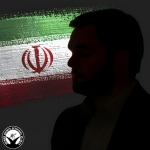
17. Hossein Ghanbari – Head of the Second Branch of Shahid Nouri Judicial Complex (Zahedan General Court) 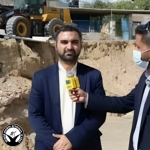
18. Majid Moalemzadeh Ansari – General and Revolutionary Prosecutor of Chabahar at the time 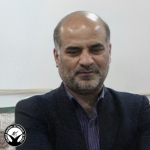
19. Morteza Piri – The head of Zahedan Prison 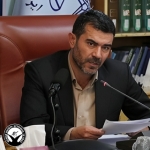
20. Mehdi Shamsabadi – General and Revolutionary Prosecutor of Sistan and Baluchestan 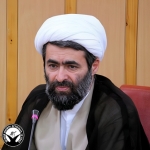
21. Ali Mostafavinia – Chief Justice of Sistan and Baluchestan 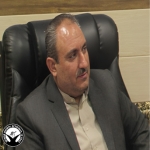
22. Mohammad Hossein Khosravi – General Directorate of Prisons in Sistan and Baluchestan Province 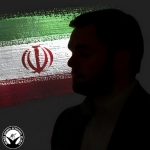
23. Abouzar Mohammadpour – The head of the protection and intelligence department of the prisons of Sistan and Baluchestan 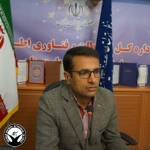
24. Nik-Mohammad Balouch-Zehi – Information and Communications Technology department of Sistan and Baluchestan
This list is not comprehensive. HRA’s Spreading Justice database of Human Rights Perpetrators, together with its partners, remains dedicated to documenting the full list of individuals involved in the use of lethal force against civilians on September 30th, 2022. Should you have any information that may help in identifying those involved please contact: [email protected]

